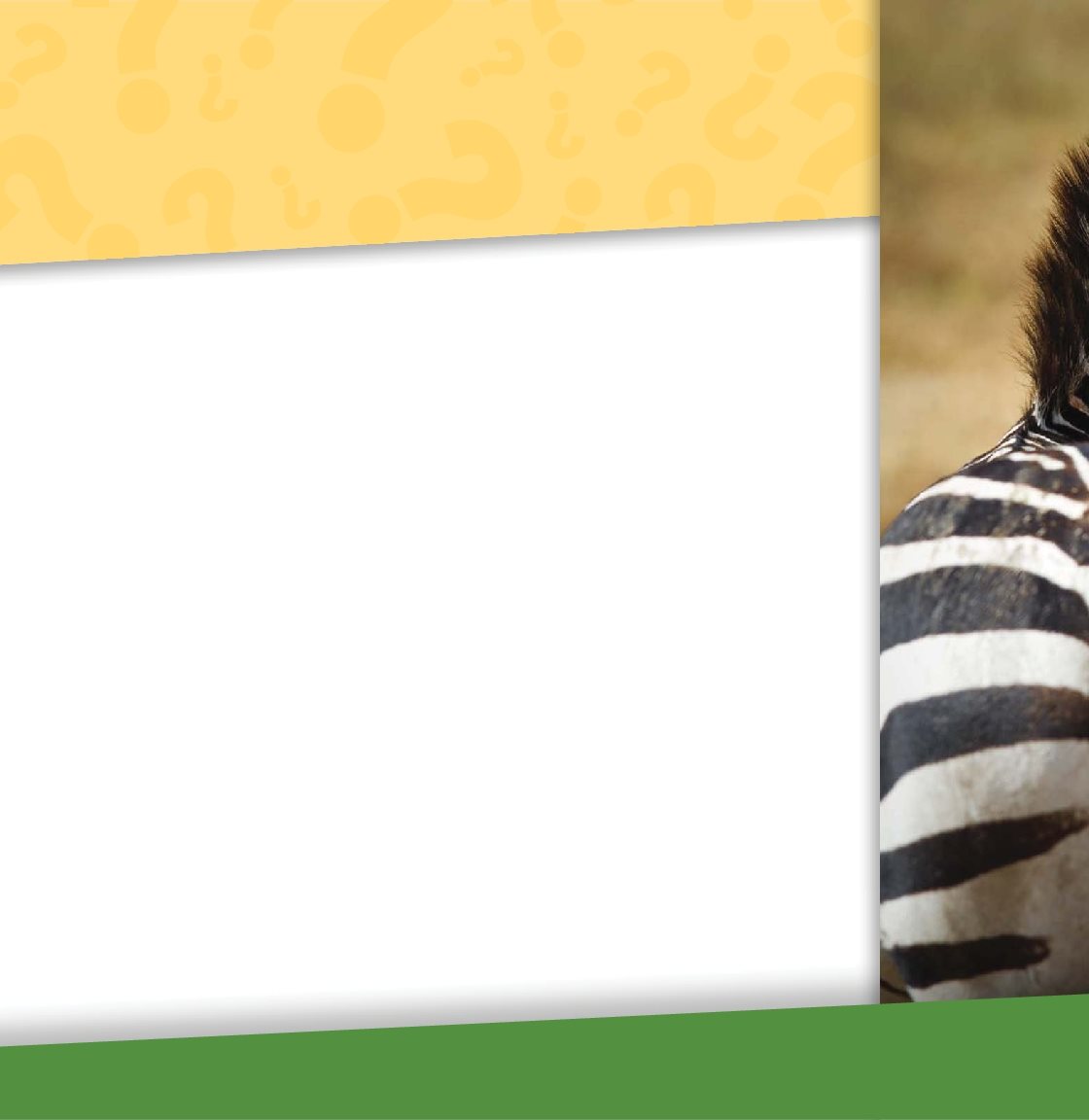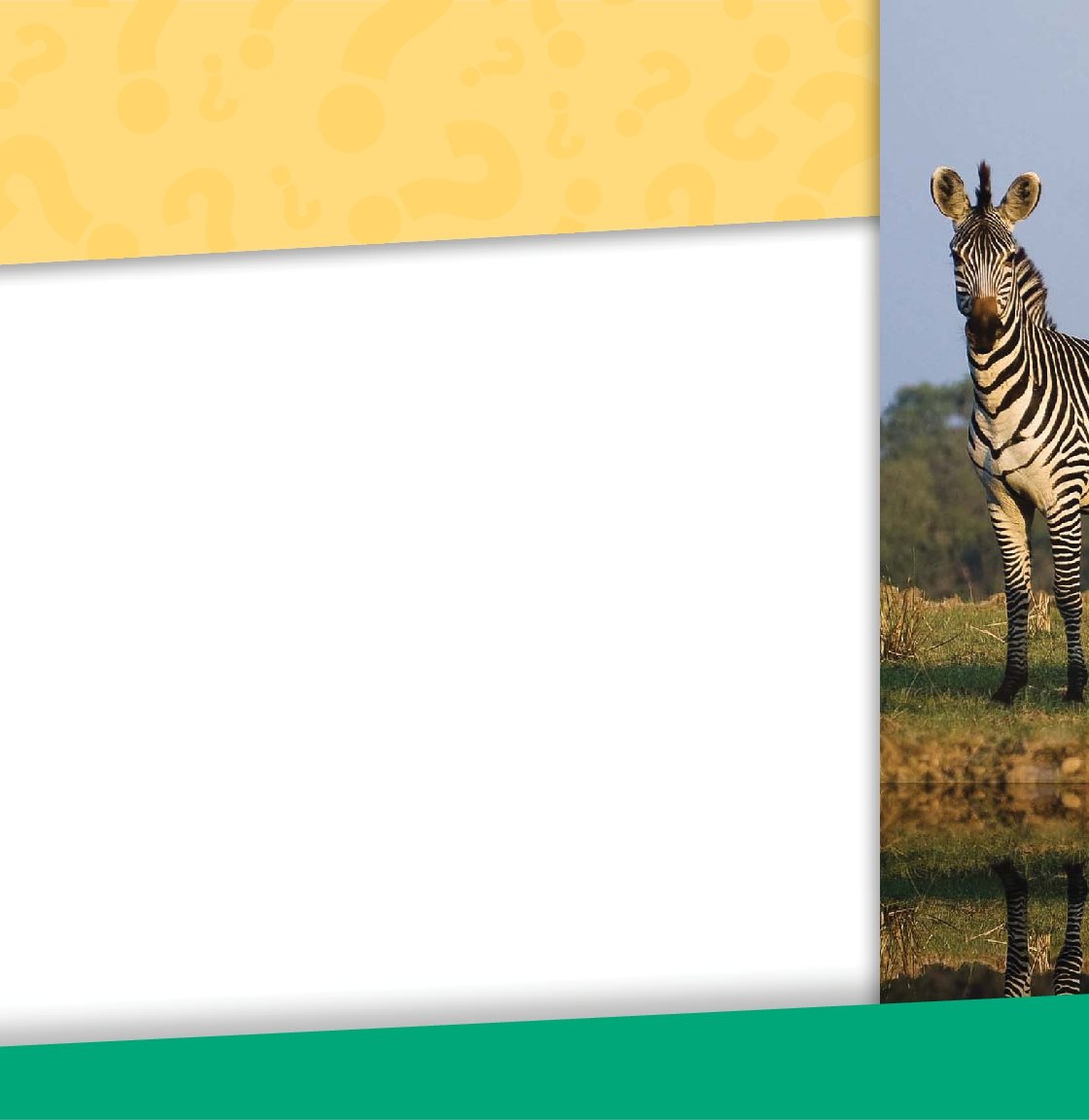Table of Contents
Guide
Published in the United States of America by Cherry Lake Publishing
Ann Arbor, Michigan
www.cherrylakepublishing.com
Content Adviser: Dr. Stephen S. Ditchkoff, Professor of Wildlife Sciences, Auburn University,
Auburn, Alabama
Reading Adviser: Marla Conn, Readability, Inc.
Photo Credits: PathDoc/Shutterstock Images, cover, 1, 5; michaeljung/Shutterstock Images, cover, 1, 9;
xavier gallego morell/Shutterstock Images, cover, 1, 17; Dr_Flash/Shutterstock Images, cover, 1, 7;
Sean van Tonder/Shutterstock Images, cover, 1; Michal Ninger/Shutterstock Images, cover, 1;
successo/Shutterstock Images, 5; Volodymyr Burdiak/Shutterstock Images, 9; nelik/Shutterstock Images, 11;
Donovan van Staden/Shutterstock Images, 13; Chantal de Bruijne/Shutterstock Images, 15; MattiaATH/
Shutterstock Images, 17; bikeriderlondon/Shutterstock Images, 19; defpicture/Shutterstock Images, 21
Copyright 2015 by Cherry Lake Publishing
All rights reserved. No part of this book may be reproduced or utilized in any form or by any means without
written permission from the publisher.
Library of Congress Cataloging-in-Publication Data
Gray, Susan Heinrichs, author.
Zebras have stripes / by Susan H. Gray.
pages cm. -- (Tell me why)
Summary: Young children are naturally curious about animals. Tell Me Why
Zebras Have Stripes offers answers to their most compelling questions about
the unusual pattern of this African animal. Age-appropriate explanations and
appealing photos encourage readers to continue their quest for knowledge.
Additional text features and search tools, including a glossary and an
index, help students locate information and learn new words.Provided by
publisher.
Audience: Ages 6-10.
Audience: K to grade 3.
Includes bibliographical references and index.
ISBN 978-1-63362-001-8 (hardcover) -- ISBN 978-1-63362-040-7 (pbk.) -
ISBN 978-1-63362-079-7 (pdf) -- ISBN 978-1-63362-118-3 (ebook) 1.
Zebras--Juvenile literature. I. Title.
QL737.U62G737 2015 599.6657--dc23
ISBN-13: 978-1-68444-472-4 (e-book)
2014025720
Cherry Lake Publishing would like to acknowledge the work of The Partnership for 21st Century Skills. Please
visit www.21.org for more information.
Printed in the United States of America
Corporate Graphics
Synchred Read-Along Version by:
Triangle Interactive LLC
PO Box 573
Prior Lake, MN 55372
Table of Contents
At the Zoo
Raj had a report to do. He needed to
write about zebras. He had read about
them in books and on the Internet. But
he wanted to see them for himself. He
begged his parents to take him to the zoo.
When they arrived, the place was
packed. People were everywhere. The
crowds made it hard to get around. It
was even tough for the family members
to keep track of each other.
ASK QUESTIONS!
Bring a list of
three questions
about zebras to
your local library.
Ask a librarian
to help you find
the answers.
Zebras are popular animals for people to visit at the zoo.
Finally, they reached the zebra pen. A
woman in a zoo uniform was standing
next to it. She was telling visitors about the
different zebra species . When she finished,
Raj raised his hand. Why do they have
stripes? he asked. The woman smiled. She
heard that question almost every day.
I can explain it to you, she said. But
first, you should learn more about zebras.
You need to know how they live.
There are three different species of zebras.
The Zebras Life
The woman nodded at the group of
zebras in the distance. Zebras look a lot like
horses, she began. In fact, they are related
to horses. But zebras usually live in Africa.
Most of them live on the plains . One species
lives just in hilly areas. Like horses, zebras
are plant eaters. Mostly, they eat grass.
LOOK!
Look closely at
this photograph.
What features
make this zebra
similar to a
horse?
Unlike horses, zebras live in the plains of Africa.
The woman continued. Zebras usually
stay together in herds. Herds may have
dozens of animals. Or they may be smaller
family groups. Zebras in a herd eat and
travel together.
Sometimes, they have to deal with
predators. Lions attack them, and so do
hyenas. Then there are the flies. Swarms
of biting flies sometimes fill the air. They
pester animals with their buzzing. Worse
than that, their bites can cause disease.
Lions can usually outrun zebras, and they often catch
them as meals.
Stripes to the Rescue
Raj hoped the woman would answer his
question soon. Why do they have stripes?
As the woman continued, Raj began to
understand.
She explained that scientists have wondered
about zebras. Like Raj, they were baffled by
those stripes. At one time, they thought the
stripes were for camouflage . But this wasnt
the best theory . Zebras dont live in black-
and-white-striped areas. They hang around
in grassy places.
A zebras black-and-white stripes dont help it blend
into the grassy plains.
































